The Powerful Legacy of Persian art characteristics
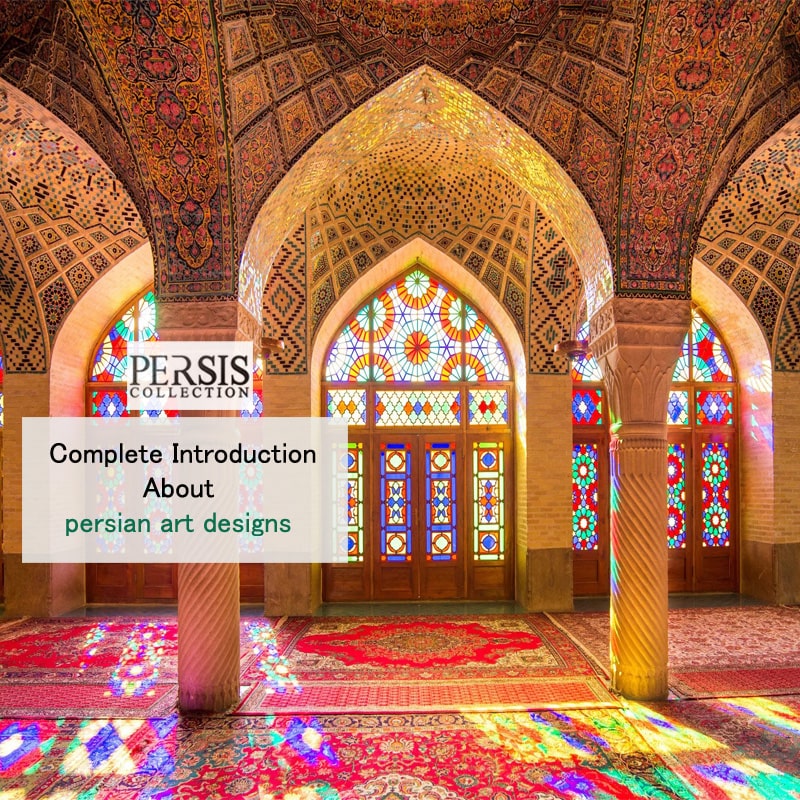
- tina atrg
- 17 September 2022
- Persian art
- 4 minutes
When it comes to Persian art, most of us think of tools such as brushes, oil paints, watercolors, or colored pencils; But the truth is that Iranian art is much more complicated than these and includes countless styles and techniques(Persian art designs).
The common point among all these styles is that the skill of painting depends on deep thinking and using the right half of the brain, the half of the brain that is responsible for creative thinking; Therefore, it is logical that the way of using painting tools is also subject to the creativity and mental perspective of the artist to a great extent. In this article, we will introduce you to some types of techniques and designs of this Persian art of painting.
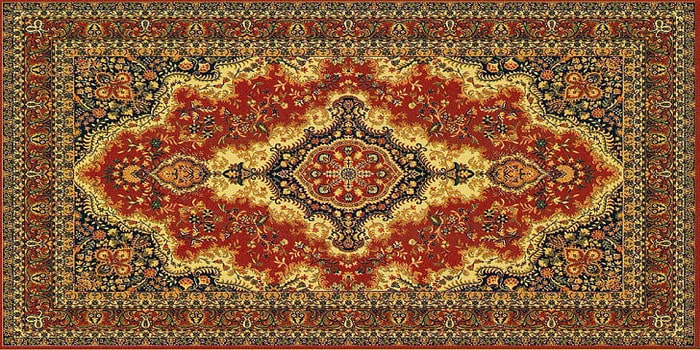
Persian art design
Types of techniques of Persian art designs of painting
Persian art techniques used in ancient works of art are very different from what many artists do with digital pens today. It is better to first familiarize yourself with various painting techniques in various styles so that you can choose your favorite style. In the following, we will talk about some of these Persian art techniques.
Oil paint
Perhaps the oil painting technique can be considered the best-known technique of Persian art in the past ages. Today, no one has not heard the name of this painting model, and in fact, many artists also use this technique to implement their creative ideas and mental images.
This method was first introduced by the European painter Jan Van Eyck in the 15th century and since then it has largely replaced the tempera technique in Europe. This technique has maintained its popularity until today, and many famous brands of painting tools such as Winsor & Newton and Vesta produce high-quality oil painting pigments.
The price of oil painting tools largely depends on the quality of the product and the level of skill and professionalism of the painter.
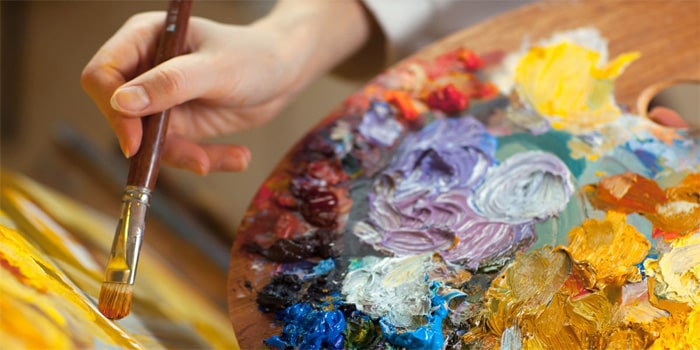
Oil paint – Persian art designs
Watercolor
Using watercolor is another technique of Persian art. In the watercolor method, the solvent of the colors is water instead of oil and thinner, and therefore the configuration of the painting is formed by combining the color with water. These paintings are drawn on special watercolor paper or thick cardboard-like Fabriano and Steinbach.
The first watercolor painting is by Albrecht Dürer, who painted one of the most beautiful scenes of plant wildlife with watercolor. There is a special technique of using watercolor in China, where instead of a watercolor brush, fingerprints are used to shape the images. Watercolor pencils are also made with the ability to dissolve in water and can be used dry or wet.
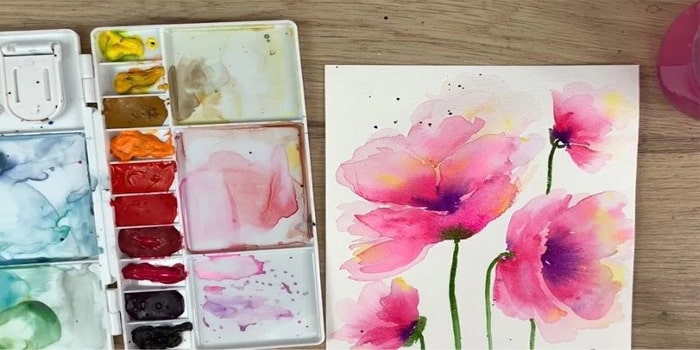
Watercolor – Persian art designs
Pastel
Pastel is a pigment that is prepared in the form of powder and pressed into small pieces. Therefore, this technique is most similar to the use of natural pigments. The material used to keep these particles lowers the saturation level of pastel painted images and this gives them a neutral color.
The important thing about painting with pastels is that the surface of the painting is easily damaged and stained. Therefore, protective measures such as using a fixative or framing with glass are recommended to preserve these paintings. If these paintings are well protected and the pigment is permanent, they will remain intact and unchanged for centuries.
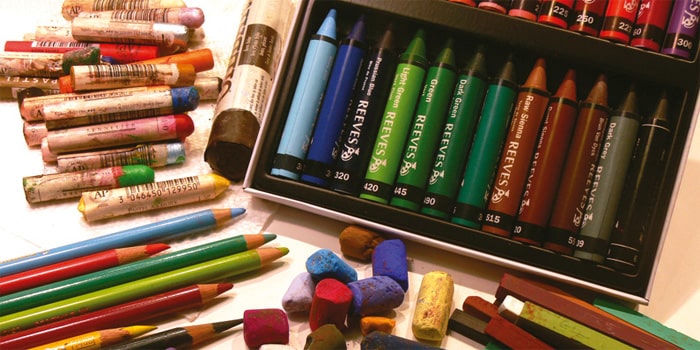
Pastel
Acrylic
In acrylic paints, the pigments are suspended in an acrylic polymer emulsion. The characteristic of these colors is that they dry quickly on the surface of the painting, and therefore, although they are considered soluble in water before drying, they become resistant to water after they dry.
For the first time, BASF started producing acrylic resins in 1934 by adapting Rohm and Haas. This technique has been used since the 1940s and combines the characteristics of oil paints and watercolors.
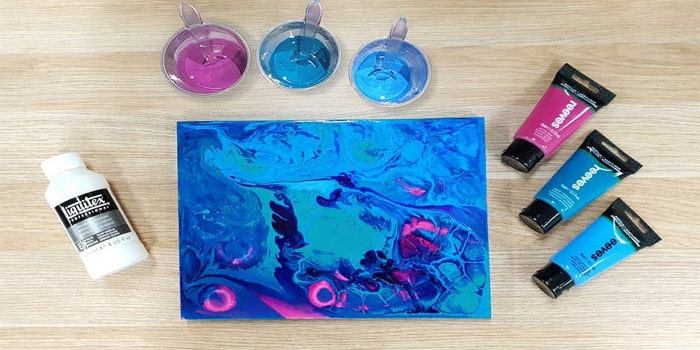
Acrylic – Persian art designs
Chiaroscuro
Another type of Persian art technique is chiaroscuro painting, which uses charcoal or graphite. In the charcoal technique, the painting tool is composed of powdered organic materials that are held together by a wax or gum holder. This gives the paintings a neutral quality.
The history of this painting model goes back to another ancient style, and in fact, charcoal can be considered the main tool used in cave paintings, such as the old zebra painting in the Apollo Cave in Namibia.
Pencil drawing is one of the most popular chiaroscuro drawing techniques. In this method, fine and precise lines are drawn using graphite used in the core of the pencil. Pencils are produced in different grades and grades, and these grades indicate the hardness of the pencils and how bold they are.
Graphite mines were first mined in the 16th century; Over time, it became common to place pieces of natural graphite inside holding chambers, and from the 17th century on, pencil drawing became routine.
After that, Dutch artists used this tool to show the details of their designs. During this period, and even throughout much of the 18th century, graphite was used only for sketching drawings, with other techniques largely riding on it. In this way, paintings in which graphite was used entirely were very rare.
It took a long time for the use of graphite and pencil to develop into an independent painting technique as we know it today.
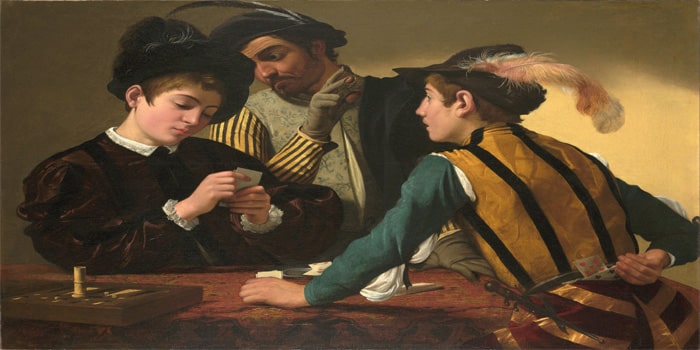
Chiaroscuro
Colored pencil
The pigment used in these painting tools is placed inside a cylindrical wooden case and forms the core of the pencil. These paints are mainly based on wax or oil and are made from a combination of pigments and preservatives.
One of the techniques of Persian art is the use of colored pencils. Buying crayons as a child was one of our most enjoyable purchases. All of us have experienced drawing with colored pencils in our childhood and have drawn or painted many pictures with this artistic tool; Although perhaps none of them have been as influential as the works of art of painting exhibitions with ink colors!
Today, artists use various techniques and styles to use colored pencils in their paintings, and it can be said that the works of art drawn with these tools have undergone significant changes and improvements since a long time ago.
Therefore, what we used to know as a child as crayon drawing has become in the hands of artists a completely new form influenced by professional techniques. For example, one of these differences comes back to the type of colored pencil. Artist and professional crayons contain a higher percentage of wax and pigment than children’s crayons. These pencils are also called polychrome-colored pencils.






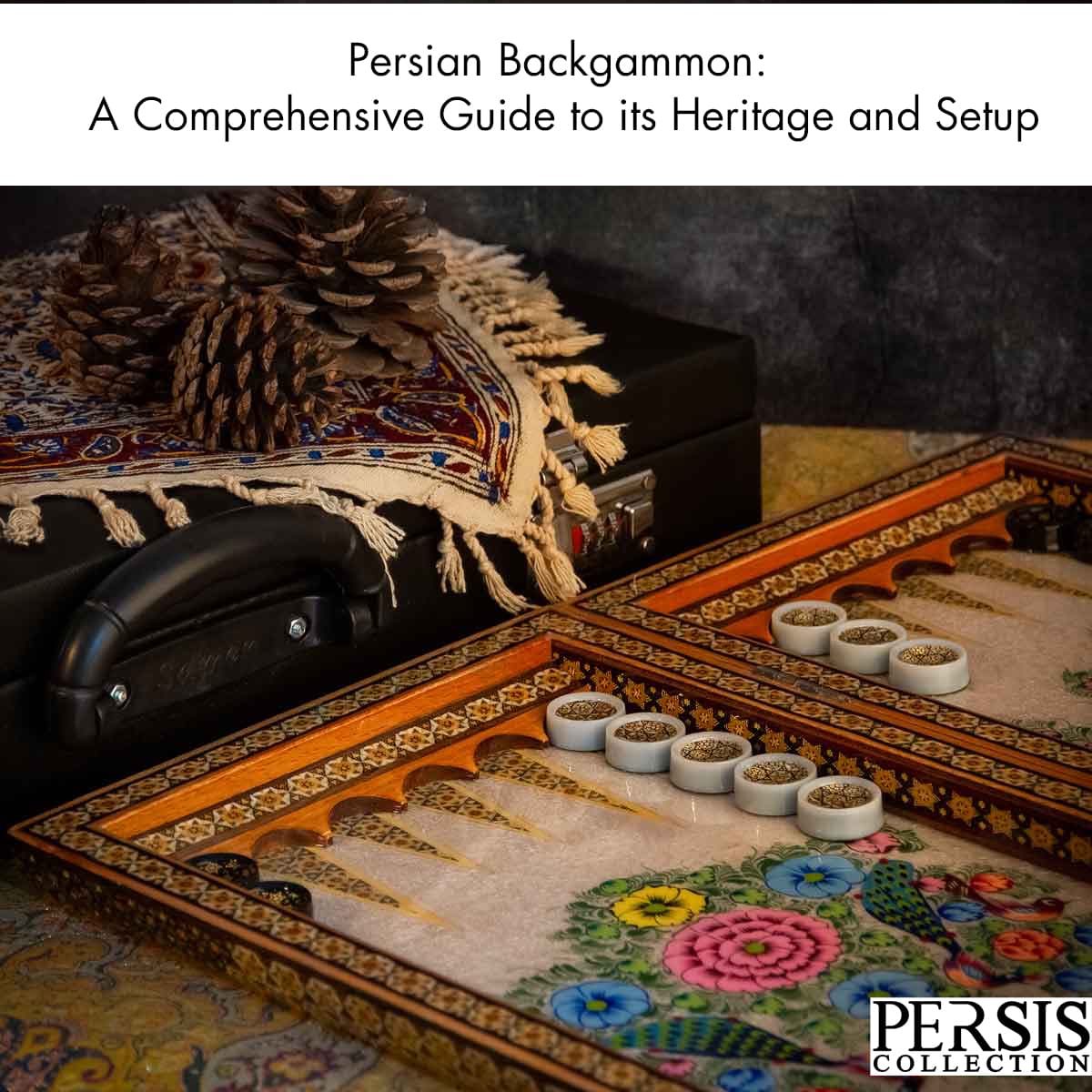
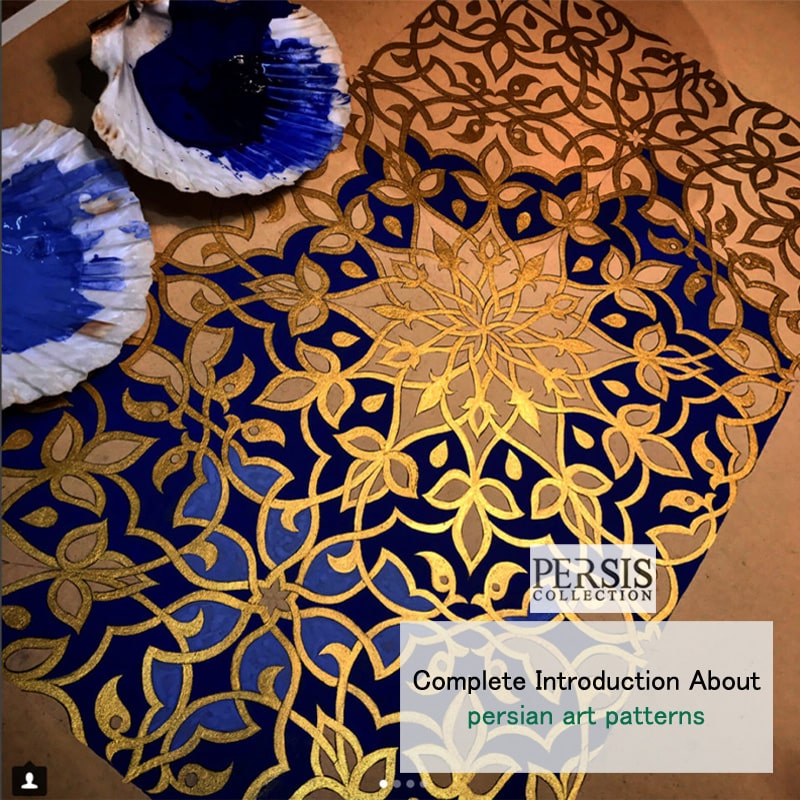
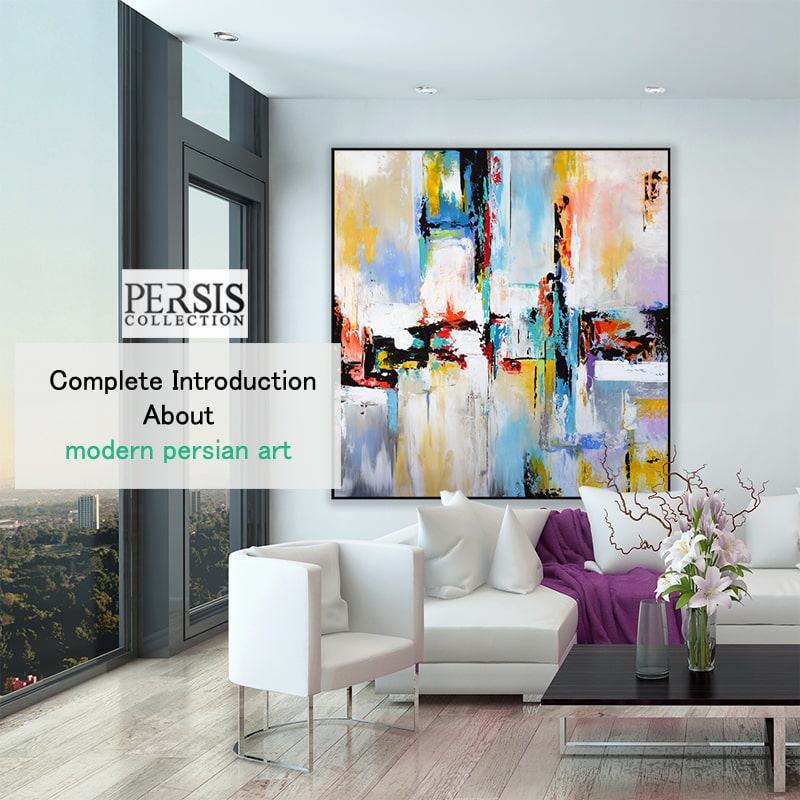
Comments